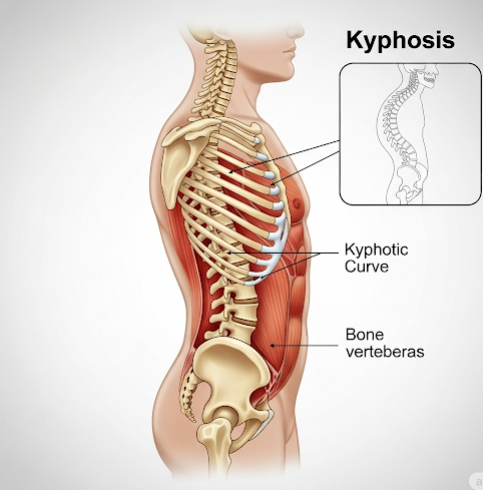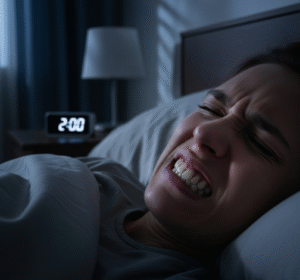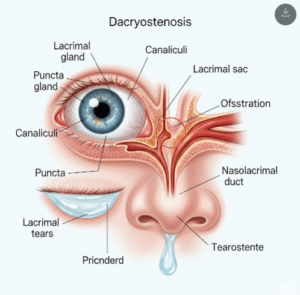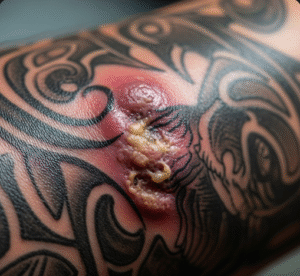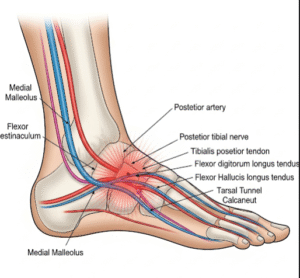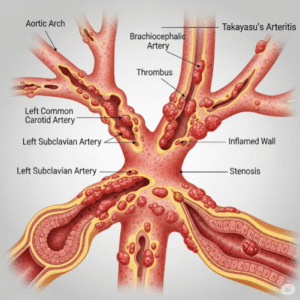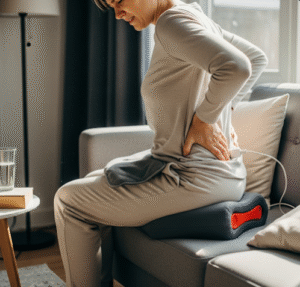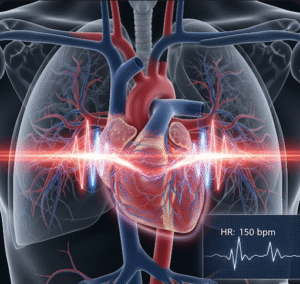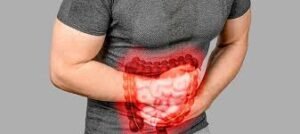Overview
Kyphosis is a spinal disorder characterized by an excessive forward curvature of the upper back, leading to a rounded or hunched posture commonly known as a “hunchback.” It can affect individuals of all ages but is particularly prevalent among adolescents and older adults. The condition can result from developmental issues, degenerative diseases, trauma, or infections. In Korea, modern orthopedic and rehabilitation centers provide comprehensive diagnostic and treatment options, including surgical and non-surgical interventions to correct posture, relieve symptoms, and improve quality of life.
What Is Kyphosis?
Kyphosis refers to an abnormal curvature of the thoracic spine that exceeds the normal kyphotic angle (usually more than 45 degrees). While a natural, gentle curve exists in the upper back, kyphosis becomes problematic when this curvature is exaggerated, causing postural deformity. It can be classified into different types: postural kyphosis, Scheuermann’s disease (structural kyphosis), congenital kyphosis, and kyphosis due to osteoporosis or other pathologies.
Symptoms
- Visible rounding or hunching of the upper back
- Back pain or stiffness, especially in the thoracic region
- Muscle fatigue and tenderness around the spine
- Decreased height or loss of normal posture
- Limited spinal flexibility or mobility
- In severe cases, breathing difficulties due to chest compression
- Neurological symptoms such as numbness or weakness if spinal cord compression occurs (rare)
Causes
- Postural Kyphosis: Poor posture habits, particularly in adolescents, leading to muscle imbalance and rounded shoulders
- Scheuermann’s Disease: A developmental disorder causing wedge-shaped vertebrae during growth, leading to structural kyphosis
- Congenital Kyphosis: Malformations of vertebrae present at birth affecting spinal alignment
- Osteoporosis: Weakening and compression fractures of vertebrae in older adults causing kyphotic deformity
- Trauma or Injury: Fractures or spinal injuries affecting vertebral integrity
- Infections or Tumors: Rarely, infections like tuberculosis or spinal tumors can cause kyphosis
Risk Factors
- Adolescents with poor posture or rapid growth spurts
- Older adults, especially postmenopausal women with osteoporosis
- Family history of spinal deformities
- History of spinal trauma or injury
- Conditions causing muscle weakness or neurological deficits
Complications
- Chronic back pain affecting daily activities
- Progressive spinal deformity leading to cosmetic concerns
- Reduced lung capacity and breathing difficulties in severe cases
- Nerve compression causing neurological symptoms
- Psychological impact due to altered body image
Prevention
- Maintaining good posture during sitting, standing, and activities
- Regular exercise to strengthen back and core muscles
- Early detection and treatment of osteoporosis
- Avoiding heavy backpacks or improper lifting techniques
- Regular medical check-ups for adolescents during growth periods
Treatment Options in Korea
Korean orthopedic and rehabilitation centers offer tailored treatment plans for kyphosis based on severity and underlying cause:
- Non-Surgical Treatments:
- Physical therapy focused on posture correction, strengthening, and flexibility
- Use of back braces, particularly for adolescents with Scheuermann’s disease or postural kyphosis
- Pain management using medications, acupuncture, or other complementary therapies
- Lifestyle modifications including ergonomic adjustments and exercise programs
- Surgical Treatments:
- Indicated in severe or progressive kyphosis causing pain, neurological symptoms, or respiratory compromise
- Spinal fusion surgery to correct deformity and stabilize vertebrae
- Minimally invasive surgical techniques to reduce recovery time and complications
- Rehabilitation and Follow-Up:
- Postoperative physical therapy to restore mobility and strength
- Long-term monitoring to prevent recurrence or progression
- Patient education on posture and spinal health
Korean medical institutions emphasize early diagnosis and a multidisciplinary approach involving orthopedic surgeons, physiotherapists, and pain specialists to achieve the best outcomes for patients with kyphosis.

